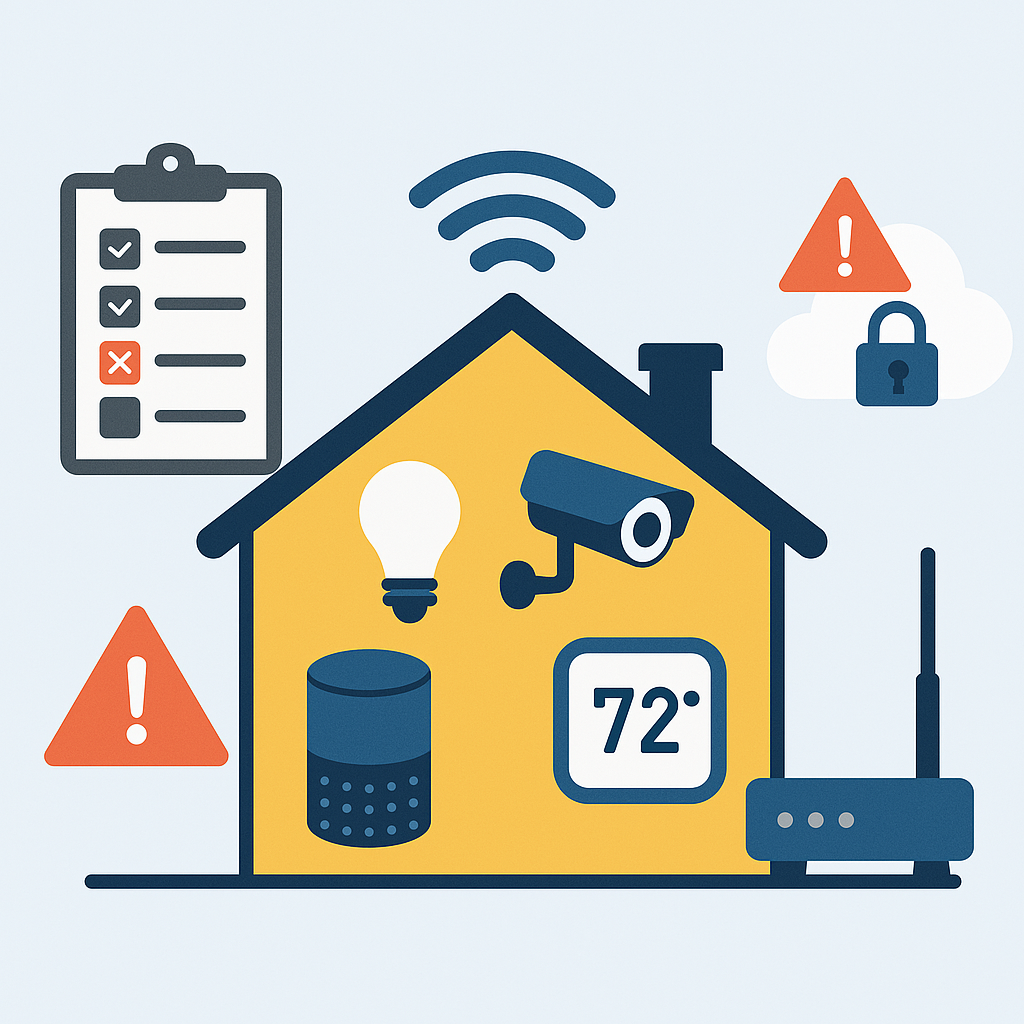Top 10 Smart Home Technologies for 2025
What You Need to Know

Smart home technology is no longer a futuristic dream—it’s a practical, increasingly affordable reality that’s transforming the way we live. As we step into 2025, a new wave of innovative yet cost-conscious devices makes home automation accessible to just about everyone. Below, we’ll explore 10 key trends that offer deep insights into how the average household can benefit from the latest in smart home innovation.
1. Matter-Compatible Devices: The Future of Interoperability
One of the biggest game-changers in smart home technology is Matter, the universal standard designed to help devices from different brands play nicely together. In practice, Matter means you can set up a range of gadgets—light bulbs, smart plugs, cameras—without juggling multiple apps or worrying about compatibility.
- Why it matters: Interoperability saves you time, money, and frustration. If you’ve ever struggled with syncing a single device across different platforms, you’ll appreciate how Matter simplifies everything into one streamlined ecosystem.
- Pro tip: Look for newly released Matter-certified devices. Even budget-friendly brands are now rolling out Matter updates, so your new gadgets will likely integrate seamlessly—whether you prefer Alexa, Google Assistant, or Apple HomeKit.
2. Affordable Smart Lighting Solutions
Smart lighting used to be a luxury, but today you can purchase a quality, color-changing LED bulb for under $20. Brands like TP-Link and Philips Wiz have significantly driven down prices while retaining impressive features such as dimming, scheduling, and voice control.
- Why it matters: Besides the convenience, modern LED smart bulbs can cut your electricity usage by up to 80% compared to traditional incandescent bulbs. Automation features let you fine-tune your lighting for mood, energy efficiency, or security (like simulating occupancy when you’re away).
- Pro tip: Start by replacing the most frequently used lights—like in your living room or kitchen—to immediately notice the benefits of lower energy bills and convenient app-based controls.
3. Energy Monitoring Smart Plugs
Ever wonder which of your gadgets is the biggest energy hog? Enter energy monitoring smart plugs. These compact devices fit between the wall outlet and your appliance, tracking real-time energy usage and helping you make informed decisions about power consumption.
- Why it matters: By pinpointing which devices draw the most power, you can adjust usage habits or upgrade to more efficient appliances. This is a straightforward way to reduce your carbon footprint while saving on utility costs.
- Pro tip: Brands like Aqara and Meross offer wallet-friendly options with easy-to-read energy dashboards. Pair them with scheduling features to automatically shut off devices like space heaters or game consoles when not in use.
4. Home Assistant-Powered Hubs
For DIY enthusiasts and those who want granular control over their smart home, Home Assistant is a revelation. This open-source platform pairs seamlessly with inexpensive Zigbee or Z-Wave USB dongles, transforming a simple computer or Raspberry Pi into a powerful home automation hub.
- Why it matters: Home Assistant offers endless customization, from creating multi-step automations to integrating older, non-smart devices. You’ll gain a robust, unified dashboard to monitor all your gadgets, regardless of brand or protocol.
- Pro tip: While Home Assistant does require some initial setup, a large online community can walk you through everything—from basic add-ons to advanced scripting. It’s an affordable route to a highly personalized smart home.
5. Smart Thermostats for Every Budget
Smart thermostats have dropped in price and increased in features, making them an attractive upgrade for any household. Models like the Ecobee3 Lite and Google Nest Thermostat adapt to your schedule and optimize heating and cooling based on your habits, weather, and occupancy.
- Why it matters: A well-placed smart thermostat can shave off a significant chunk from your heating and cooling expenses by learning your preferences and avoiding energy waste.
- Pro tip: Look for utility rebates in your area, as many energy companies offer incentives for upgrading to smart thermostats. This can further reduce the overall cost of your investment.
6. AI-Powered Security Cameras
The latest generation of home security cameras goes beyond basic motion detection. Brands like Wyze have integrated AI features—facial recognition, package detection, and more—at a fraction of the cost of older high-end systems.
- Why it matters: AI-driven alerts help you distinguish between a person, a pet, or a passing car, reducing unnecessary notifications. Plus, some models can recognize familiar faces, so you know exactly who’s at the front door.
- Pro tip: Evaluate whether you want local or cloud storage for your videos. Some newer cameras offer local SD card recording and subscription-free AI features, making long-term ownership more budget-friendly.
7. Voice-Controlled Kitchen Gadgets
Hands-free convenience is a major selling point in the kitchen, where you’re often juggling groceries, pots, and utensils. Voice-activated coffee makers, air fryers, and ovens have grown more common—and more affordable—as brands like Instant and GE expand their connected product lines.
- Why it matters: Voice control frees up your hands for cooking or entertaining. Plus, these devices can integrate with smart home routines—imagine your coffee maker starting right when you turn on the kitchen lights in the morning.
- Pro tip: If you’re new to voice-controlled cooking gear, start with a single gadget like a smart coffee maker. Once you see how intuitive it is, you can gradually expand to other connected appliances.
8. Robotic Vacuum Cleaners with Mapping Technology
Robotic vacuums have evolved beyond clumsy bump-and-go machines. Models like the Eufy RoboVac or iRobot Roomba i3 now come equipped with advanced mapping and sensor technology, all at a lower price point than in previous years.
- Why it matters: Efficient cleaning patterns and mapping features ensure that the vacuum covers every inch of your floor, wasting less time and battery life. Some even let you set “no-go” zones through a mobile app.
- Pro tip: If your budget allows, consider a vacuum-mop hybrid. These machines can switch modes to tackle both dry and wet messes, streamlining your cleaning routines even further.
9. Smart Doorbells with Enhanced Features
Smart doorbells—like the Ring Video Doorbell Wired and Eufy Video Doorbell—have become more feature-packed and less expensive. High-resolution video, night vision, motion detection, and two-way communication are standard offerings, and newer models often include subscription-free options.
- Why it matters: A smart doorbell provides real-time updates on who’s at your door, whether it’s a delivery driver or an unexpected visitor. Some even let you link to smart locks to remotely let in guests or service providers.
- Pro tip: Look closely at subscription plans for cloud video storage. Many newer doorbells offer local storage options, saving you money in the long run.
10. Home Automation for Accessibility
Smart home technology isn’t just about convenience; it’s also reshaping daily life for those with accessibility needs. From motorized blinds and voice-controlled door locks to automated medication reminders, many tasks can now be managed hands-free or with minimal effort.
- Why it matters: For seniors or individuals with mobility challenges, smart home devices can be transformative. Simple automations (like turning lights on at a certain time or controlling window shades with voice commands) can significantly improve comfort and independence.
- Pro tip: Start with one or two critical automations—such as a voice-activated lock or a medication dispenser—and gradually expand as needs evolve. Many accessibility-focused devices are also Matter-compatible, ensuring straightforward integration into an existing ecosystem.
Final Thoughts
Smart home technology is rapidly evolving to become more intuitive, unified, and inclusive. The 2025 trends underscore
affordability,
interoperability, and
accessibility, opening the door for households of all kinds to reap the benefits of home automation. Whether you’re installing your first smart bulb or orchestrating a complex, DIY hub with dozens of devices, this year’s innovations make it easier than ever to transform your living space into a connected, comfortable haven.






